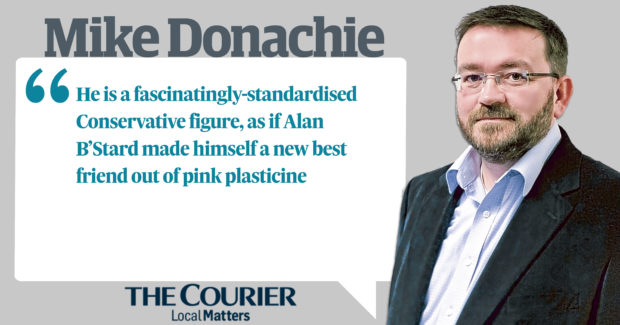England has announced major changes to the system that controls housing development, described as a “complete overhaul” by housing minister Robert Jenrick, and as a “complete nightmare” by me, just now, in this piece of writing.
In discussing this issue, there is first the difficult task of forcing yourself to stop staring at photographs of Robert Jenrick, who’s just about as Tory as a Tory ever did Tory.
A wealthy lawyer with a boring-yet-successful political career, he is a fascinatingly-standardised Conservative figure, as if Alan B’Stard made himself a new best friend out of pink plasticine.
Anyway, housing. Jenrick and the other braying Oxbridge toffs currently plundering British society want to simplify the English planning process, to make it easier to build houses in places that need them.
That’s a valid goal, which will only be reached as a side-effect. The real goal is making money, of course.
The changes will fast-track development and designate all land under one of three headings: worthy of protection, ready for renewal (meaning it can be developed after basic checks) or earmarked for growth, meaning planning permission will be given automatically. Yes, automatically.
There are details to come, and communities are already fighting back.
But the very principle of automatic planning permission should horrify anyone who understands how development affects communities.
Don’t confuse me with a NIMBY, by the way, because I used to write those stories for newspapers and found them frustrating.
Communities need development and that means change, even if wealthy retirees don’t like it.
This, however, is destructive change. It has the potential to devastate many areas and introduce housing density that would have shocked Dickens.
Automatic planning permission disenfranchises communities entirely and will mean dangerous, uncontrolled development.
Yes, let’s create opportunities for more people to buy their own homes, and focus on areas most in need.
But the planning process can become faster without becoming a free-for-all.
This is, as usual, all about profits for pals in pinstripes.
It’s post-Brexit deregulation of the type that history will judge harshly, and it wont stop here.
The Johnson government has the keys to the kingdom, and, if that scares you, it’s because you’re right.










